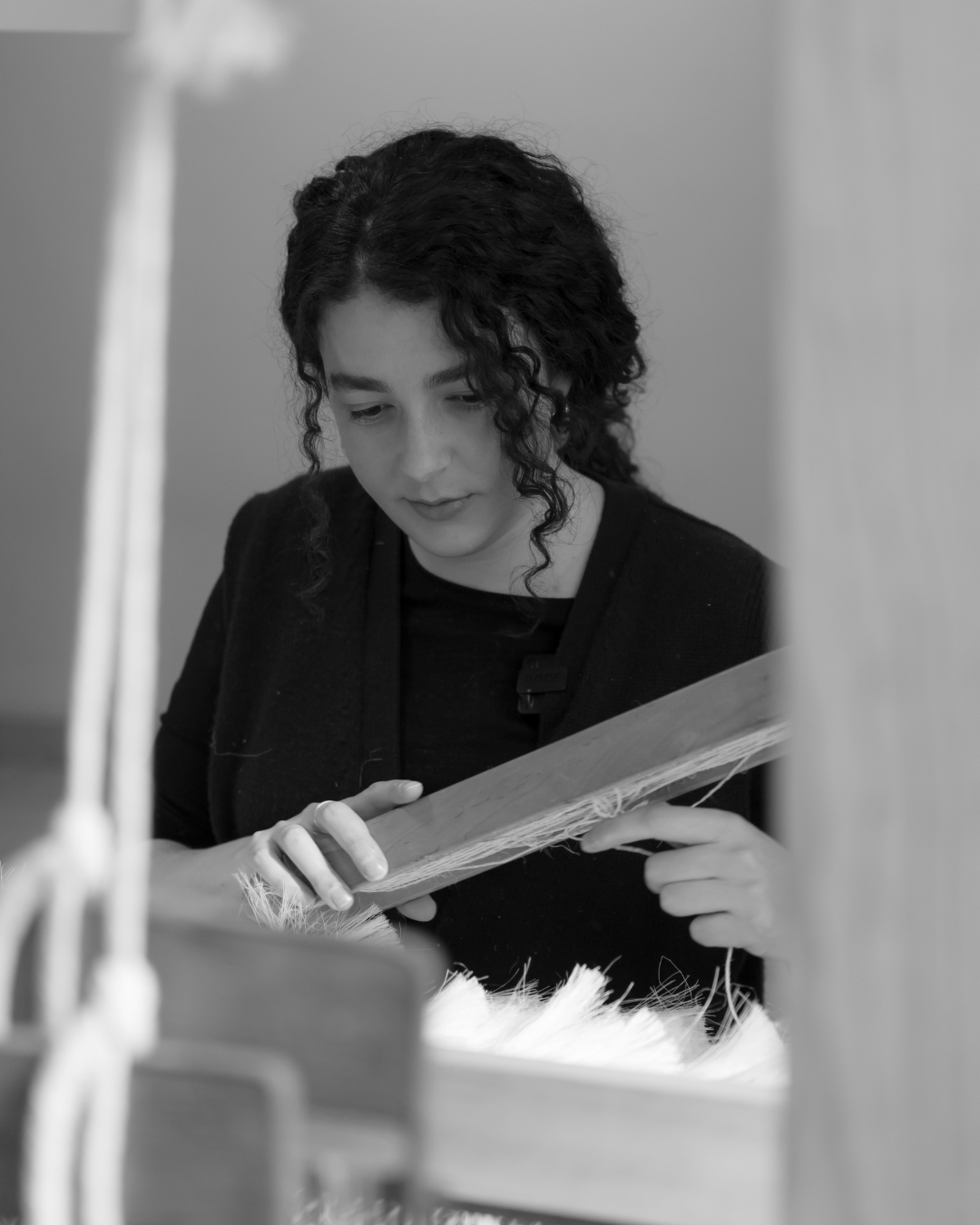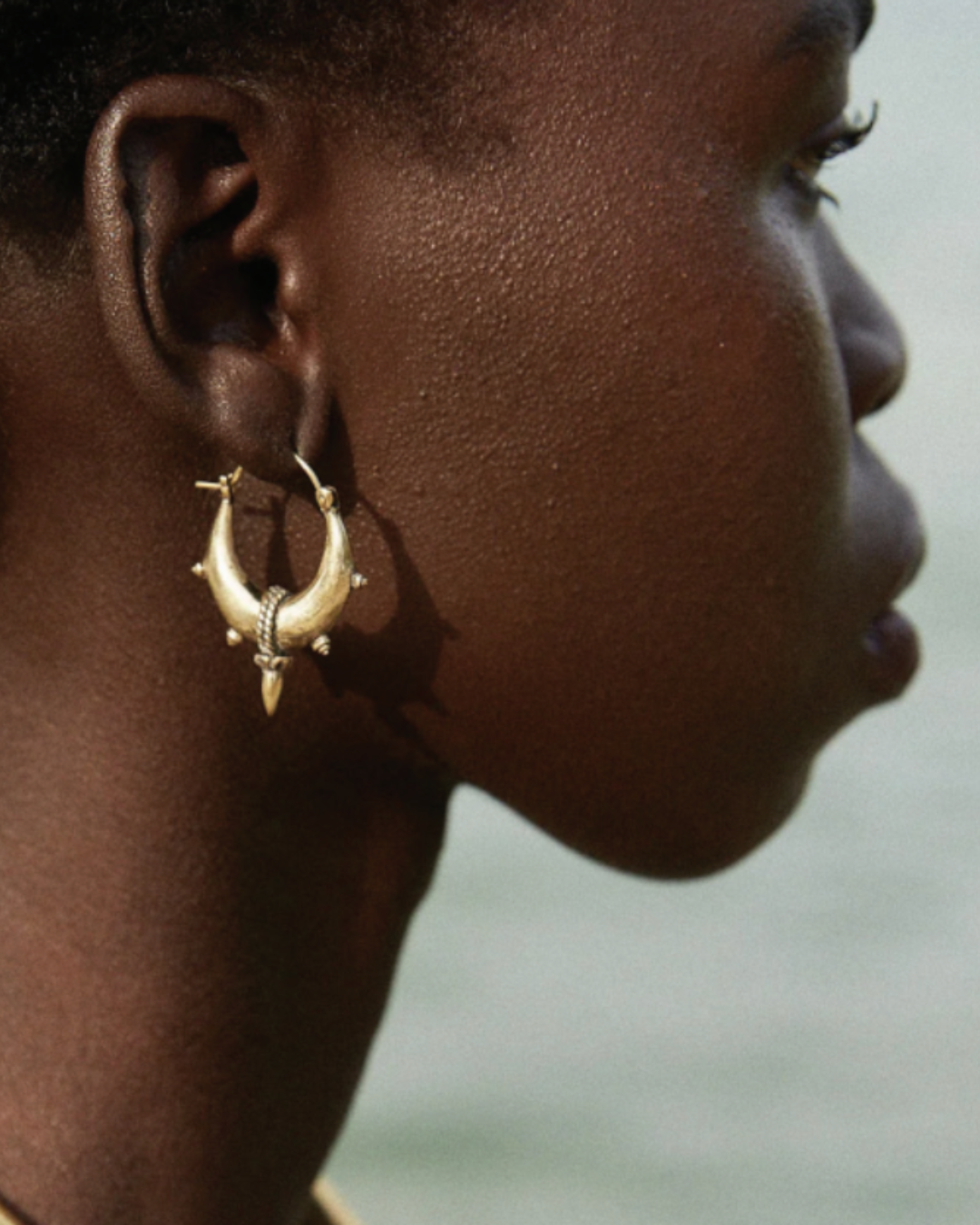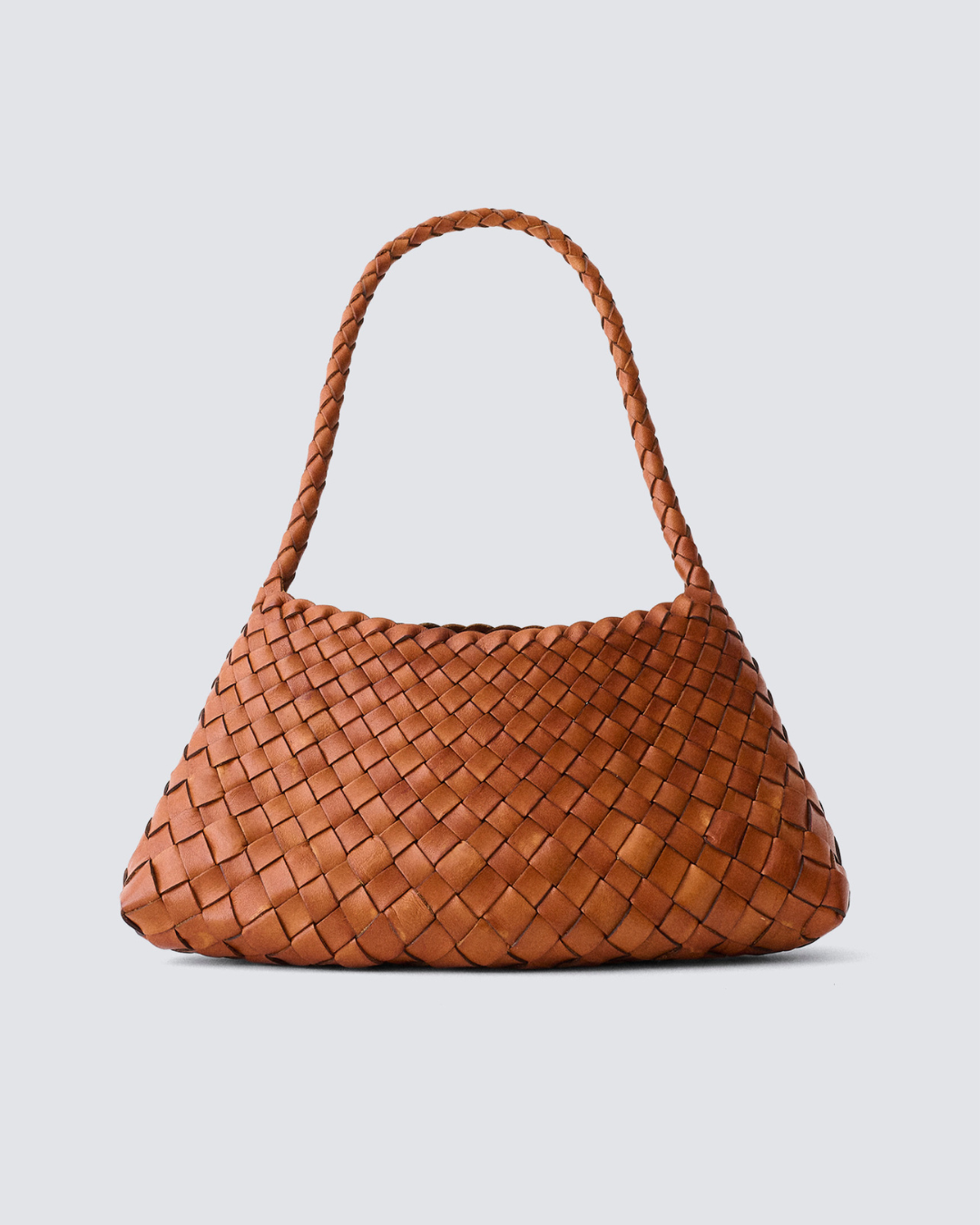
Can an Entire Community Be Sustainable?
The magical rebirth of Fogo Island, off the coast of Newfoundland, would argue yes.

Fogo Island was going away. Literally.
The tiny, remote community off the coast of Newfoundland relied on the fishing industry to sustain itself. But when overfishing crippled its way of life in the early 1990s, the Canadian government stepped in, putting plans in place to relocate the island’s 11 communities to mainland Canada.
Zita Cobb had other ideas. A prominent CEO and a Fogo native, she founded Shorefast, a social enterprise whose mission was to reimagine what Fogo Island could be. Focus on, and celebrate, its inherent qualities and path forward would emerge. That was the plan, at least.
Fogo’s story is big and sprawling, one that even inspired a 2021 documentary, Far Away from Far Away. Here’s how Cobb and her team saved an entire island, in four not-so-simple steps.
If you build it…
Instead of driving locals away from Fogo, what if Fogo could attract visitors? That was the premise behind the Fogo Island Inn, a stunning 29-room structure, designed by Newfoundland-born architect Todd Saunders. The inn took eight years to construct and opened in 2013. It now serves as the hub for a network of mini industries, all of which employ Fogo residents. As Cobb sees it, the inn isn’t some mansion on the hill—it is the engine that drives the island’s evolving, connected community. “To make something truly sustainable, you need interdependencies,” says Michael Murphy, Vice President of Fogo Island Workshop & Design Initiatives.


Now, put your feet up
Inns need beds. And chairs. And tables. “But You can’t fill a hotel that’s all about its local environment with Italian-designed furniture,” says Murphy. It’s that sentiment that inspired the birth of Fogo Island Workshops. Today, Fogo invites designers to the island where they absorb Fogo’s culture and natural resources, creating furniture for the inn. These singular pieces are now being modified for distribution worldwide, promoting Fogo’s presence in the design world, while furthering employment on the island. “It’s unique in the design world,” says Murphy, “for a piece of furniture to have both a meaning and a non-profit angle.”
What about dinner?
Industrial-level fishing on Fogo shut down in 1992, but industry at a different scale has replaced it. At the inn, 80 to 90 percent of the food served is from Fogo Island, “which is not an easy task,” Murphy points out. “Like the Champagne region or Parma, Italy, we’ve created a brand that celebrates Fogo’s provenance. The island’s line-caught fish is sustainable and prized. We now even sell it to top restaurants in Canada.”
Looking beyond Fogo
Cobb’s next project, Community Economies, is a think tank that will develop concepts to support rural communities across North America. As Shorefast puts it: Unleashing the power of place for local communities to thrive in a global economy. There is also its Economic Nutrition initiative. Picture a nutrition label, but one that instead details a product’s sustainability efforts and results. “Ultimately, the strength of the Fogo model is to incubate multiple ideas and to see what sticks,” Murphy says. “We can’t depend on one thing—not just tourism. We’ve always got to do more than that.”
The Woven Wall
For Mexico-based maker KREYÉ, the artistry of craft represents both beauty and commerce
Read moreKenya Calling
In Nairobi, makers are achieving global reach. MASTERCARD FOUNDATION is providing their pathway
Read moreObject of Desire
Cult maker DRAGON DIFFUSION proves that craftsmanship is the ultimate luxury
Read more

